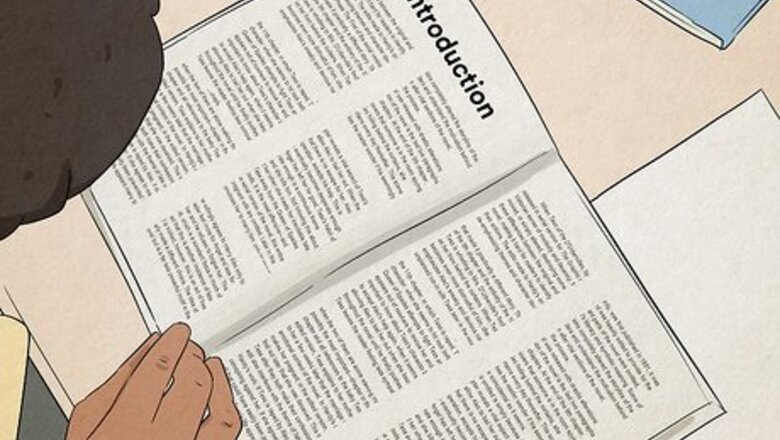
views
Optimizing Your Reading
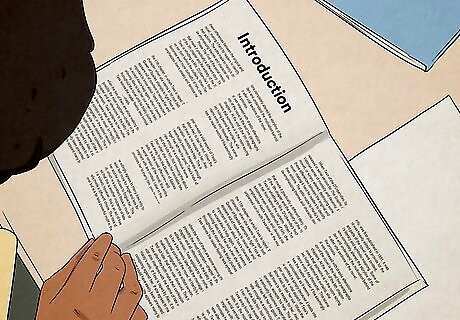
Read the introduction to the textbook first. If it is a book that takes a detailed look at a particular topic, the introduction will summarize the author's argument and present an outline of the book. If the textbook is a general introductory text, such as Introduction to American Government or Principles of Microeconomics, the introduction will serve to tell you how the author is going to approach the topic.
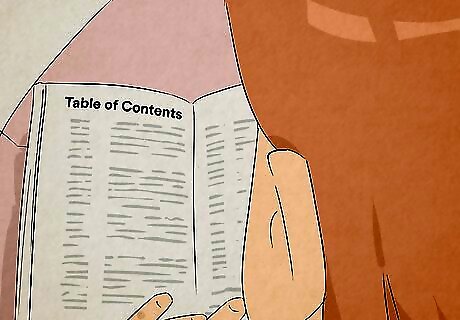
Survey the organization of the textbook. First, have a look at the table of contents for the textbook. See how it’s organized; this may help you predict what you will cover in class and what will be on exams. Second, look at the organization of each chapter. Most textbook authors use a detailed outline of major headings and subheadings that they plan to cover in each chapter of their book.
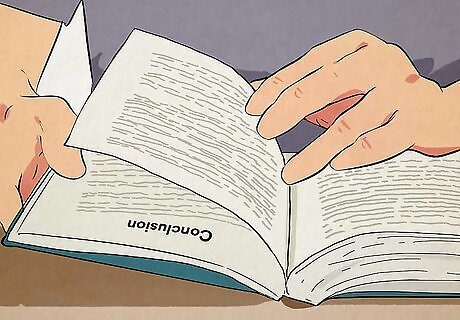
Skip to the end first. Many textbooks offer a recap or summary of the chapter content and study questions or “food for thought” at the end of every chapter. Skipping to this part first, before you read the whole chapter, will help you know what to focus on as you read through the chapter.
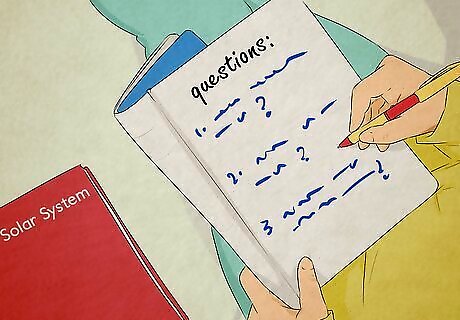
Create questions based on your survey. See if the headings and subheadings provide any clues to potential questions. For example, a section titled Causes of Alcoholism in a psychology textbook might easily be converted into a question you could see on an exam: What are the causes of alcoholism? As you read, look for the answers to these questions. If you don’t find what you’re looking for, consider changing your questions.

Read out loud. You may find it easier to comprehend and get through your textbook if you read aloud. Reading aloud can also help you maintain your pace, especially if the prose is dense or complex.
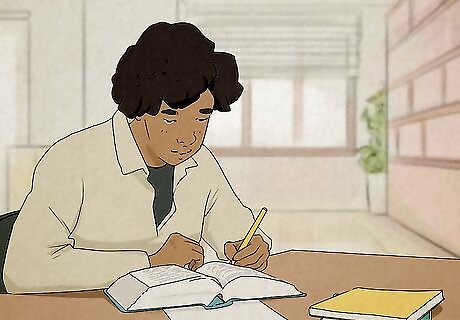
Create a distraction-free environment for reading. Put away your cell phone, do not sit at a computer, and do not allow yourself to be interrupted. We often think that we can multitask and study without full concentration. But if you are going to tackle any subject seriously, then you need to give it your full attention. Focus and you will be rewarded.
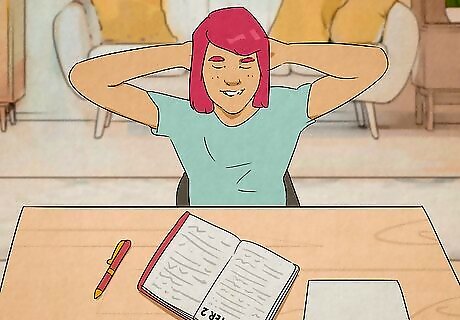
Take a break after every chapter. Go for a 10 minute walk or reward yourself with some entertainment. You won’t study well if you’re exhausted. Approach each chapter with a clear mind.
Studying the Textbook
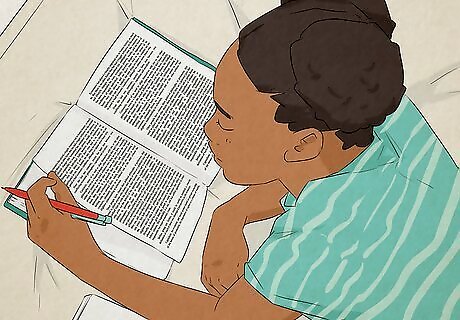
Use the optimizing techniques first. This will help generate a preview of the textbook so that you can approach the reading with a sense of its structure and main points. Keep things like the end-of-chapter questions in mind as you complete your reading.

Read the entire chapter through. On this read-through, don't take notes or do anything else; just read. You have two objectives in doing so. The first is to get a sense of the purpose of the chapter. Ask yourself: what is the author trying to convey in the chapter overall? Second, how does the author build the information or argument in the chapter? When you have a mental picture of these two questions, you can then begin taking notes that will benefit you in your study for exams and research papers. Don’t rush this step! It can be tempting to just get done with your reading as soon as possible, but you are unlikely to retain information if you hurry through.

Take notes on your reading. Notes do not mean taking every word down verbatim. The art of note-taking involves discerning what is important and engaging with the material rather than just copying text out. The first thing to write down is the main point or argument that the author is conveying in the chapter. Do this in no more than three sentences. Then ask yourself how the author begins to make this point. This is where the major headings and subheadings help. Under each heading are paragraphs that make up the section of the chapter. Document the topic sentences that help build the argument in the section and chapter. Don’t be afraid to write in your book. Annotating a textbook by writing notes, comments, and questions in the margins near relevant material can be invaluable when studying. Hand write your textbook notes. Handwriting your notes forces your brain to actually engage with the material as opposed to glossing over the material or mindlessly typing the same text into the computer. Taking notes in your own words will help you better understand and memorize what you're reading. Try writing important things down on sticky notes and marking the pages of your textbook with them.
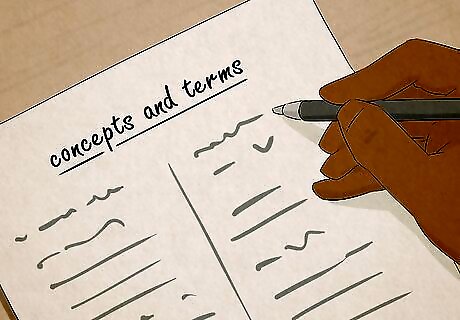
Create a list of concepts and terms. Go back through the chapter and list major theoretical concepts and properties key to understanding any technical elements of the chapter. Also list key terminology with corresponding definitions. Often, this information will be printed in bold, italics, or set apart in a box or with some other eye-catching method.
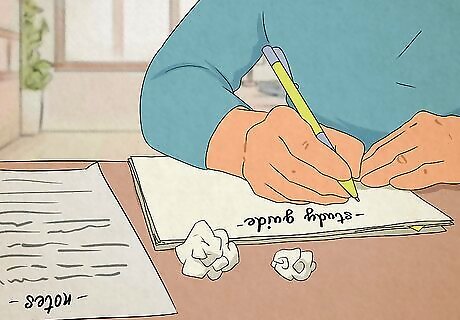
Create a study guide from your notes. Begin by summarizing the chapter and its main points in your own words. This will tell you where your knowledge gaps are. Ask yourself questions about what you’ve read and the notes you took: What question does this information answer? and How does this information relate to other things? are good places to start.
Understanding Some Common Errors
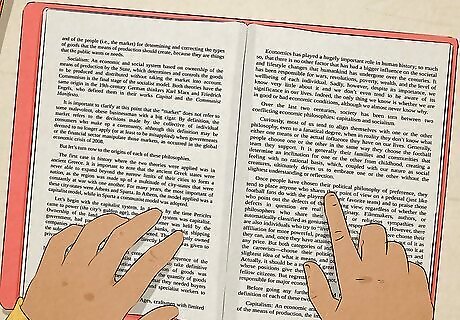
Understand that you do not have to read every single word. This is a common myth held by students. Particularly if you’re a slow reader, you may find it more effective to read the beginning and end of the chapter, along with pull-outs (information placed in a box, graph, or other attention-grabbing area on the page) and anything bolded or italicized in the text.

Plan to read more than once. Another common mistake students make is to read their textbook once and then never look at it again. A better strategy is to practice layered reading. On your first read-through, skim the material. Determine what the main idea or goal of the text is (often signaled by the chapter title and subheadings), and mark any places that you didn’t feel as though you understood well. Read headings, subheadings, and other organizational elements. Textbook authors often construct their chapters so that it is very clear what the goal of each section is. Use this to your advantage. Read for more detail in later readings.

Understand that reading is not the same as studying. Sometimes, students will just move their eyes along the page again and again and feel like they’re not getting anything from their “reading.” Reading is an active process: you need to be engaged, paying attention, and thinking about what you read.
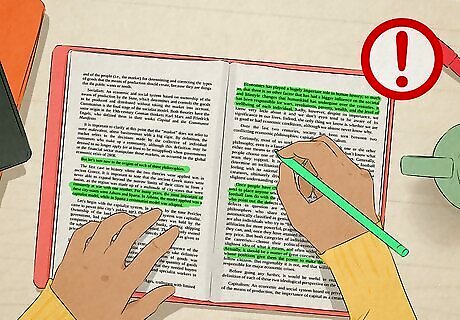
Know that highlighting is not ideal for first-time reading. While it’s tempting to break out the rainbow of highlighters when you read through a chapter, avoid this temptation. Research has shown that highlighting actually can hamper your reading because you may feel tempted to highlight every single thing you feel is important without thinking critically about the ideas presented. If you must highlight, wait until you’ve completed your first read-through, and use the highlighter sparingly to point out only the most important ideas.
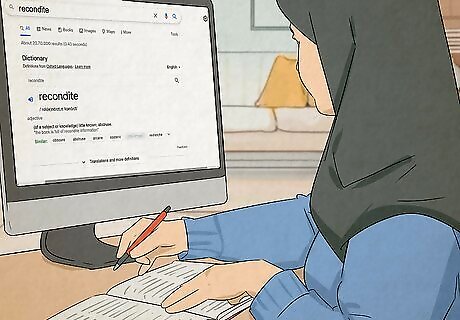
Understand that you may need to look things up while reading. It can be tempting to just read past words or elements you don’t understand in an effort to “just get it done.” This actually damages comprehension. If a dense textbook on Marxist economics has terms that you don’t initially understand, don’t just read on: stop what you’re doing, look up the word, and understand it before continuing.



















Comments
0 comment